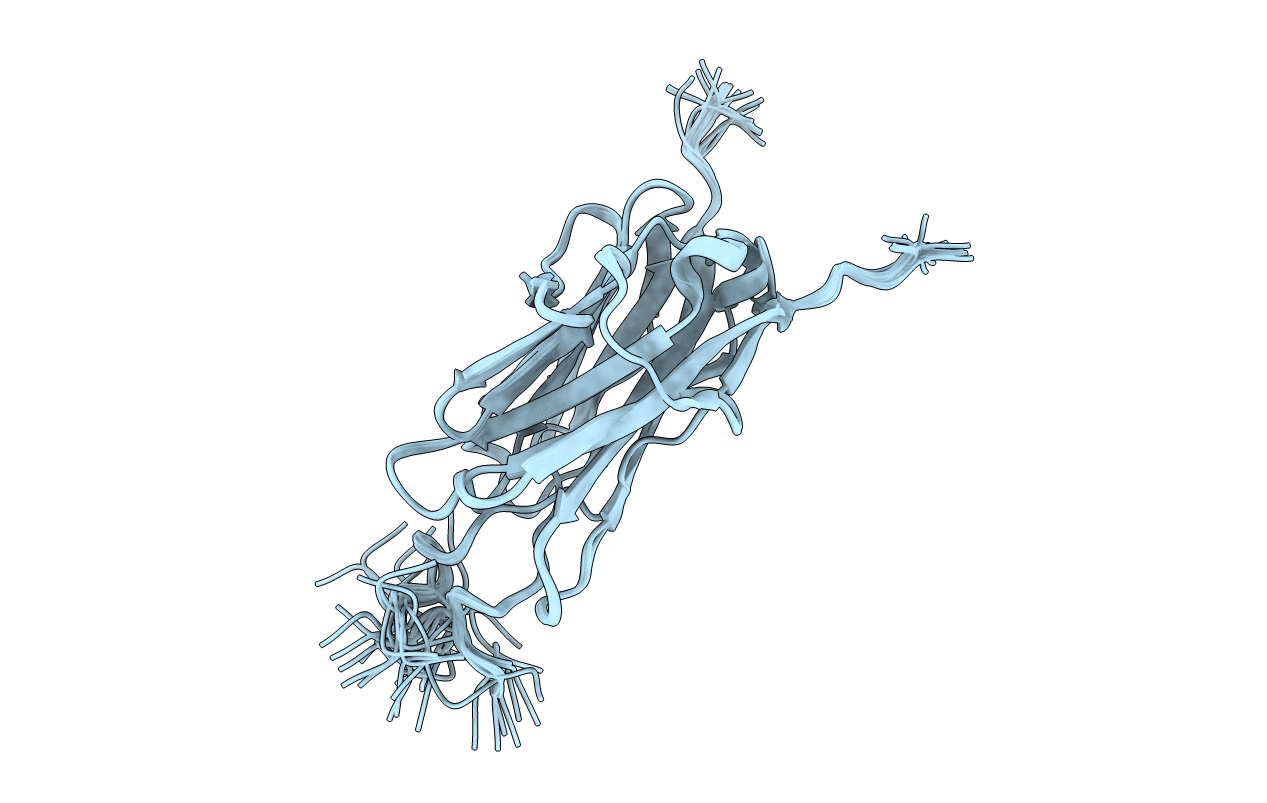
Deposition Date
2020-04-02
Release Date
2021-04-14
Last Version Date
2024-06-19
Entry Detail
PDB ID:
6YJ0
Keywords:
Title:
Solution NMR structure of titin N2A region Ig domain I83
Biological Source:
Source Organism:
Mus musculus (Taxon ID: 10090)
Host Organism:
Method Details:
Experimental Method:
Conformers Calculated:
400
Conformers Submitted:
40
Selection Criteria:
structures with the lowest energy


